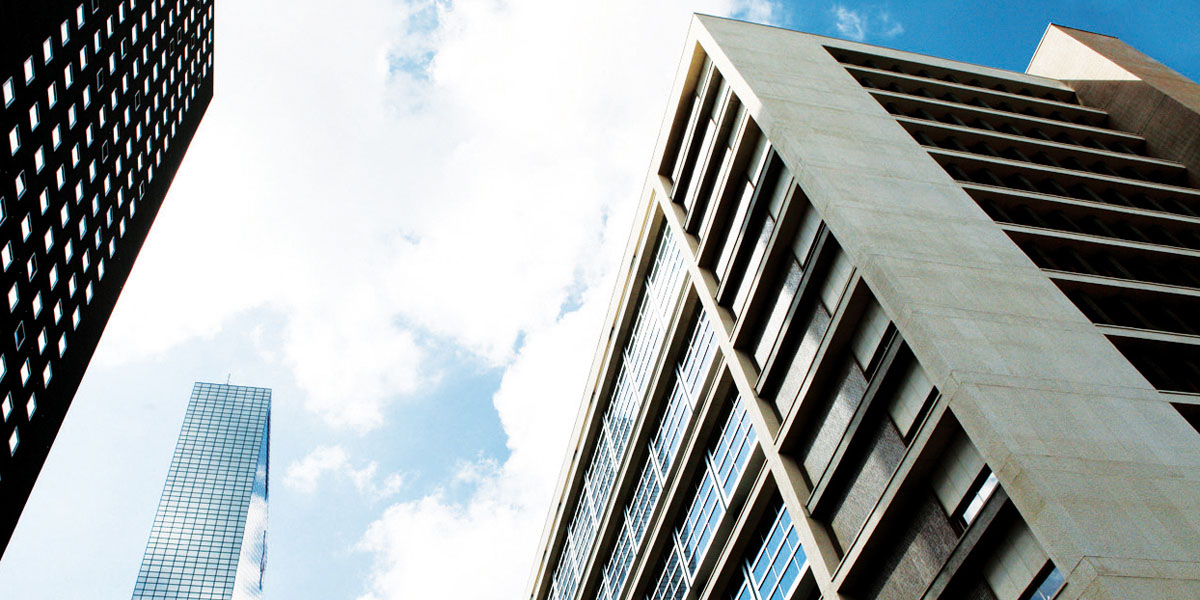Downloads
DOI:
https://doi.org/10.7480/jfde.2013.1-2.648Abstract
Environmental, commercial and societal developments in the Netherlands stimulate the environmental improvement of the existing office building stock. In the Netherlands, about 15% of all office area was vacant in 2012, and the majority of offices have a relative poor energy performance. To measure the improvement, different assessment tools are applied. These tools either focus on one aspect, such as operation energy, and result in a specific outcome such as MJ/m2, or these tools combine different aspects, such as energy and materials, through a weighted system and result in a generic outcome, such as ‘excellent’.
In this research, the relation between assessment outcome and actual environmental impact is investigated of both types of tools, by reflecting the outcome of the tool to the carrying capacity of a system. The relation is investigated through a comparison of the energy and material aspect of three office façade renovation solutions using four different assessment tools. Using a tool in which energy and material impact is related to the carrying capacity, current energy focused optimization might lead to a sub optimization of actual environmental impact. To illustrate this, a calculated façade solution is presented with minimal environmental impact based on carrying capacity.
How to Cite
Published
Issue
Section
License
Copyright (c) 2013 Michiel Ritzen, Bertold van der Meijden, Ronald Rovers, Zeger Vroon, Chris Geurts

This work is licensed under a Creative Commons Attribution 4.0 International License.
Authors or their institutions retain copyright to their publications without restrictions.
References
(IEA), Internation Energy Agency. (2008). Worldwide trends in energy use and efficiency.
(NEN), Nederlands Normalisatie Instituut. (2010). NEN EPW NPR 5129+A2:2010v2.2 Energieprestatie van woonfuncties en woongebouwen - Rekenprogramma (EPW).
(USEIA), U. S. Energy Information Administration. (2011). International Energy Outlook 2011: U.S. Energy Information Administration.
AgentschapNL. (2010a). Onderzoek naar het energie- en CO2-reductiepotentieel Duurzaam inkopen van gebouwen, de Rijksgebouwendienst als voorbeeld.
AgentschapNL. (2010b). Rapport energiecijfers kantoren.
AgentschapNL. (2012). Nationaal Plan voor het bevorderen van bijna-energieneutrale gebouwen in Nederland.
Bruckner, M., Giljum, S., Lutz, C., & Wiebe, K. S. (2012). Materials embodied in international trade – Global material extraction and consumption between 1995 and 2005. Global Environmental Change(0). doi: 10.1016/j.gloenvcha.2012.03.011
Catton Jr, W. R. (1986). The Gaia atlas of planet management: for today's caretakers of tomorrow's world: N. Myers (general ed.). Journal of Rural Studies, 2(2), 170-171. doi: http://dx.doi.org/10.1016/0743-0167(86)90061-6
Dixit, M. K., Fernández-Solís, J. L., Lavy, S., & Culp, C. H. (2012). Need for an embodied energy measurement protocol for buildings: A review paper. Renewable and Sustainable Energy Reviews, 16(6), 3730-3743. doi: 10.1016/j.rser.2012.03.021
Ebbert, T. (2010). Re-Face: Refurbishment Strategies for the Technical Improvement of Office Facades. (PhD), Delft University of Technology, Delft.
EU DIRECTIVE 2010/31/EU OF THE EUROPEAN PARLIAMENT AND OF THE COUNCIL
of 19 May 2010 on the energy performance of buildings (recast) (2010).
Greencalc+. (2013). Greencalc+ website. from http://www.greencalc.com/
Haas, M. (2002). NIBE's basiswerk milieuclassificatie.
Häkkinen, T. e. (2012). Sustainability and performance assessment and benchmarking of buildings - Final report. Espoo: VTT.
Hammond, G. J. (2008). Inventory of Carbon and Energy (ICE). University of Bath, UK.
Herring, H. S. (2009). Energy Efficiency and Sustainable Consumption (H. S. Herring, Steve Ed.). Hampshire, England: Palgrave Macmillan.
Iwaro, J., Mwasha, A., Williams, R. G., & Zico, R. (2014). An Integrated Criteria Weighting Framework for the sustainable performance assessment and design of building envelope. Renewable and Sustainable Energy Reviews, 29(0), 417-434. doi: http://dx.doi.org/10.1016/j.rser.2013.08.096
Ko, J., & Widder, L. (2011). building envelope assessment tool for system integrated design. Paper presented at the PLEA 2011, Louvain-la-Neuve, Belgium.
Pérez-Lombard, L., Ortiz, J., & Pout, C. (2008). A review on buildings energy consumption information. Energy and Buildings, 40(3), 394-398. doi: 10.1016/j.enbuild.2007.03.007
Ramesh, T., Prakash, R., & Shukla, K. K. (2010). Life cycle energy analysis of buildings: An overview. Energy and Buildings, 42(10), 1592-1600. doi: http://dx.doi.org/10.1016/j.enbuild.2010.05.007
Rovers, R. (2010). 0-material building: space time analyses. Paper presented at the SB10, Maastricht, the Netherlands.
Rovers, R. (2011). MAXergy and embodied land. In RiBuilT (Ed.).
Rovers, R., de Flander, K., Gommans, L., & Broers, W. (2011). designing for only energy: suboptimisation. Paper presented at the PLEA 2011, Louvain-la-Neuve, Belgium.
Rovers, V., Rovers, R., de Flander, K., Broers, W., Houben, J., Gommans, L., & Sigwarth, S. (2011). Maxergy, duurzaamheidsbereking op basis van landgebruik: RiBuilT / Zuyd University of Applied Sciences.
Stephan, A., Crawford, R. H., & de Myttenaere, K. (2012). Towards a comprehensive life cycle energy analysis framework for residential buildings. Energy and Buildings, 55(0), 592-600. doi: http://dx.doi.org/10.1016/j.enbuild.2012.09.008
Stephan, A., Crawford, R. H., & de Myttenaere, K. (2013). A comprehensive assessment of the life cycle energy demand of passive houses. Applied Energy, 112(0), 23-34. doi: http://dx.doi.org/10.1016/j.apenergy.2013.05.076
Thormark, C. (2007). Energy and resources, material choice and recycling potential in low energy buildings. Paper presented at the CIB conference SB07 Sustainable Construction, Materials and Practices Lisbon, Portugal.
Torcellini, P., Pless, S., Deru, M., & Crawley, D. (2006). Zero Energy Buildings: A Critical Look at the Definition. Paper presented at the ACEEE Summer Study, California.
Tran, H. T. (2009). measuring sustainability: carbon or land? Paper presented at the iNTA-SEGA.
VABI. (2013). VABI 114 website. from http://www.vabi.nl/Producten/Vabi-Uniforme-Omgeving/Gebouwsimulatie
Verbeeck, G., & Hens, H. (2010). Life cycle inventory of buildings: A contribution analysis. Building and Environment, 45(4), 964-967. doi: 10.1016/j.buildenv.2009.10.003
Yohanis, Y. G., & Norton, B. (2002). Life-cycle operational and embodied energy for a generic single-storey office building in the UK. Energy, 27(1), 77-92. doi: http://dx.doi.org/10.1016/S0360-5442(01)00061-5
Zadelhoff. (2013). Nederland compleet; kantoren en bedrijfsruimtemarkt.
